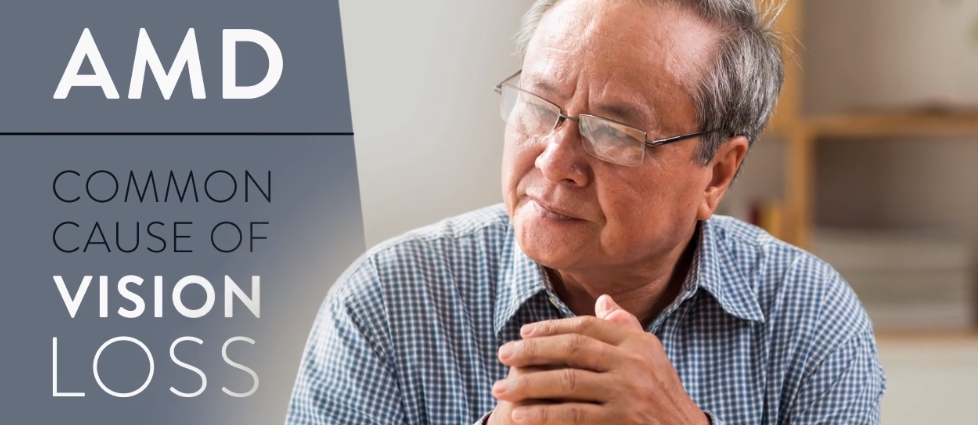The importance of education around Age-Related Macular Degeneration (AMD) in the wake of COVID
Millions of people suffer from age-related macular degeneration (AMD), a leading cause of vision loss and irreversible blindness in Americans aged 60 years and older. As many as 11 million people in the U.S. have some form of macular degeneration, a number that is expected to double by 2050, according to BrightFocus Foundation, a nonprofit that supports research to end Alzheimer’s disease, macular degeneration, and glaucoma.
The COVID-19 pandemic has worsened the struggles of the 11 million people in the U.S. who have some form of macular degeneration causing vision loss.
For people suffering from vision loss, the COVID-19 pandemic has worsened their struggles. It was hard enough for them to identify people’s faces before—now, masks that obscure half a person’s face make it even harder. And social distancing is all but impossible for someone who is unable to see six feet in front of them. Even before the pandemic, vision loss could lead to isolation and depression. Today, it’s even more imperative for eye doctors to play an active role in addressing vision loss with patients and caregivers.
Here are several resources and strategies for helping people who are facing AMD.
Explaining AMD to patients and caregivers
As eye doctors know, AMD is the deterioration of the center of the retina, called the macula. This part of the retina is responsible for our central vision, and our ability to see color and fine detail when looking directly at something. The loss of this type of vision makes many typical daily activities difficult or impossible: driving a car, reading a recipe, watching TV, or recognizing a loved one’s facial expressions. This video can help explain AMD to patients and caregivers, and show them how a typical person with AMD sees the world
Showing spouses or caregivers a video that illustrates the impact of AMD on their loved one’s vision can be an effective way of explaining the disease.
Obviously, losing one’s vision and ability to participate in activities important to them would be distressing to anyone. That’s where eye care providers come in, to let patients know if there are treatments or techniques that can help them maintain their vision and quality of life. In some cases, surgery can halt the progression of the condition.
Strategies for daily living with low vision during COVID-19
The Lighthouse Guild, a charitable organization dedicated to addressing and preventing vision loss, developed some mobility guidelines for people with low vision during the COVID-19 pandemic. They include:
- Speak up. If someone is approaching, ask them to announce themselves. When out and about, use verbal cues to others such as, “Please let me know when I can move up in the line.” Using a white cane can also be a clue to others that someone is blind or has low vision.
- Get it delivered. The use of delivery services has exploded during COVID-19 for groceries, meals, prescriptions, and more, and is helpful for people with low vision to avoid crowds.
- Use technology. The zoom function on phone cameras can be helpful to people with low vision, and audiobooks and podcasts can be replacements for reading print materials. In addition, telehealth appointments and online support groups can help people with low vision keep up with their medical care and foster connection from home.
Early detection is key
Let patients know that early detection by an eye care professional is vital for AMD. While there are certain risk factors that can’t be controlled, such as age, there are other risk factors for AMD that can be changed if patients are made aware of them. For instance, smoking, obesity, high blood pressure, and ultraviolet and blue light from the sun and electronics can damage the retina and increase the risk of developing this condition.
Spread the message to patients that an early detection by a trained eye care provider is key to reducing the risks and impact of AMD.
Another resource to share with your low vision patients and their families is BrightFocus’ monthly “chat.” Led by experts and doctors, these free sessions—accessible by phone or live stream—are a way for patients to learn additional information about AMD and ask questions.
February’s chat, “AMD In Challenging Times: Tips for Living Well and Coping,” held on the 23rd, will be hosted by Dierdre Johnston, M.D., M.B., B.CH., B.A.O., assistant professor of psychiatry and behavioral sciences at Johns Hopkins Hospital. Register today and learn more about Dr. Johnston’s success in her mission to provide in-home assessment and care to elderly people to ultimately help allow them to age in place.


